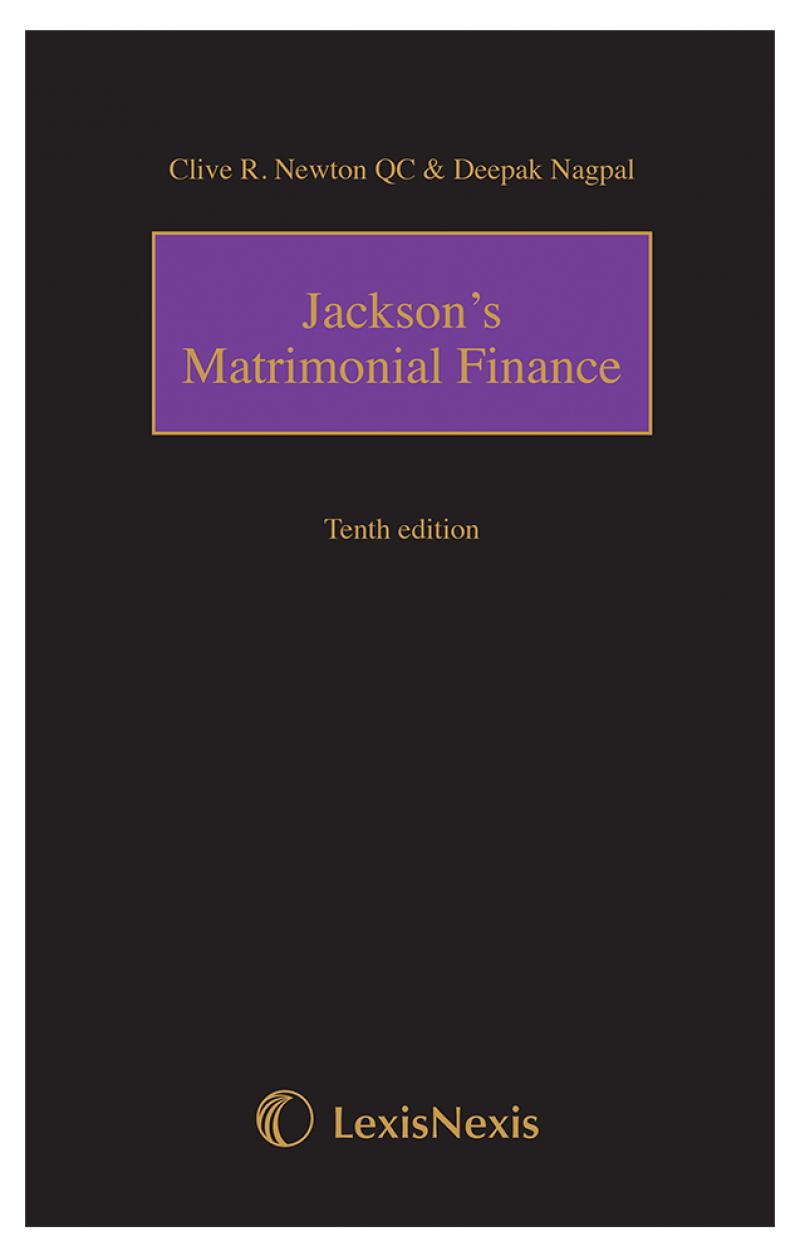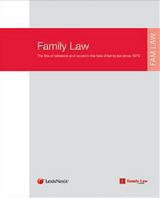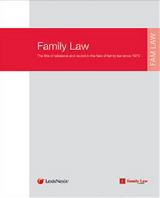domestic abuse, forced marriage, non-molestation orders, occupation orders, domestic violence
Applications under Part IV Family Law Act 1996 –
Non-molestation and occupation orders
Part IV of the Family Law Act 1996, which came into force on 1 October 1997, provides a comprehensive set of orders to afford protection for victims of domestic abuse. Practitioners who specialise in this area will be familiar with the procedure for applying for non-molestation and occupation orders, which due to the very nature of the subject matter often need to be made urgently and require a careful and considered approach given the vulnerable clients concerned.
A non-molestation order is an order prohibiting a person (the respondent) from molesting another person who is associated with the respondent or with a relevant child (FLA 1996, s 42(1)). The Domestic Violence Crime and Victims Act 2004 made breach of a non-molestation order a criminal offence.
An application for a non-molestation order can be made as either a stand-alone application or alongside an application for an occupation order, which is an order regulating the occupation of a property. The FLA 1996 allows for a range of applicants, depending on their precise circumstances, and the types of orders available depend on the category that the applicant falls under.
The criminalisation of a breach of a non-molestation order further emphasises the importance of the police response to domestic violence. In September 2013, the HM Inspectorate of Constabulary (HMIC) was commissioned by the Home Secretary to inspect the 43 police forces in England and Wales for their response to domestic violence and abuse. The report ‘Everyone's business: Improving the police response to domestic abuse, which was published in March 2014’ found that while most forces and police and crime commissioners said that domestic abuse was a priority for their areas, this wasn’t translated into an operational reality. The Inspectorate found that not all police leaders were ensuring that domestic abuse was a priority in their forces, and concluded that the overall police response to victims of domestic abuse was not good enough and that police forces need to take decisive action to rectify this.
The report found that there was a clear lack of consistency in the manner domestic abuse cases were dealt with by different forces, for example with inconsistent approaches to the issues of risk assessment and to how criminal justice sanctions were pursued. The report also concerningly found that in some forces there were gaps in capability and capacity of specialist units with unsustainable workloads, and a lack of specialist support and supervision.
The CPS have emphasised their view that domestic violence cases are particularly serious, and have
issued a Public Consultation on prosecuting cases of domestic violence. The consultation closes on 9 July 2014 and looks at the potential impact of domestic abuse on different groups to help prosecutors adopt a tailored approach taking into account their particular support needs. The draft guidance in the consultation also sets out the approach prosecutors are encouraged to consider when handling cases where the victim has indicated they are not willing to support or continue with a prosecution.
The consultation consolidates the two main existing guidance documents which will remain in place until a final policy is produced following the consultation.
Recent figures indicate that the conviction rate for domestic abuse prosecutions has reached the highest ever level, with 74.6% of those prosecuted for domestic violence in 2013-2014 convicted. Domestic violence now makes up more than ten per cent of Crown Prosecution Service's total casework.
Protection from Harassment Act 1997
As the remedies available under Part IV Family Law Act 1996 are more comprehensive, in the majority of cases applications for injunctions to protect the victims of domestic abuse are made under that act. However, injunctions are also available under the Protection from Harassment Act 1997, which is particularly useful where the victim does not fall within the category of person defined as an “associated person” under s 62(3) Family Law Act 1996.
Forced Marriage
The Forced Marriage (Civil Protection) Act 2007 inserted a new Part 4A into the Family Law Act 1996 (‘FLA 1996') by adding sections 63A – 63S. This enabled the courts to issue orders to prevent forced marriage. Sections 120 and 121 of the Anti-social Behaviour, Crime and Policing Act 2014 came into force on 16 June 2014 and create two new criminal offences; the offence of breaching a forced marriage protection order (s 120) and the offence of forced marriage in England and Wales (s 121). Forcing someone to marry can result in a sentence of up to 7 years in prison and disobeying a FMPO can result in a sentence of up to 5 years in prison.
It is intended that as the civil remedy of obtaining a FMPO under the FLA 1996 continues to be available, the victim can choose whether they wish to seek protection under this or under the new criminal offence.
As the introduction of these new criminal offences is still very recent, the effect in practice remains to be seen. Criticism has been made against the criminalisation on the basis that fear of sending a family member to prison may deter applicants. The same criticism has previously been levied against criminalisation of the breach of non-molestation orders. It is clear that victims in forced marriage cases are usually in exceptionally difficult circumstances and are faced with formidable pressure from their families, and case law has demonstrated that this can result in a situation where the FMPO was effectively unenforceable. In the case of Bedfordshire Police Constabulary v RU and Another [2014] 1 FLR 286 Holman J stated that “It is vital that FMPOs have real teeth and that people bound by them, or having notice of them, appreciate that they are capable of being enforced and will be enforced even though the applicant young person may not seek enforcement himself or herself”.
Practice Plus
For practitioners who are faced with cases concerning domestic abuse and/or forced marriage, our new
Practice Plus module: Domestic Abuse and Forced Marriage deals with applications for non-molestation orders, occupation orders, forced marriage protection orders and claims under the Protection from Harassment Act 1997. Practice Notes provide practitioners with a practical step-by-step guide to the law and procedure; a one-stop-shop for family lawyers which summarise all of the relevant legislation, rules and case law in a concise and user-friendly way, offering links to all required materials including court forms, precedents and expert commentary. They are authored and maintained by our in house PSLs. An interactive Flow Chart accompanies each Practice Note, providing a useful overview that can be printed on to one A4 page as an aide memoire.












 15 JAN 2025
15 JAN 2025

 13 JAN 2025
13 JAN 2025

 13 JAN 2025
13 JAN 2025

 12 JAN 2025
12 JAN 2025

 12 JAN 2025
12 JAN 2025












Leave a commentOrder by
Newest on top Oldest on top